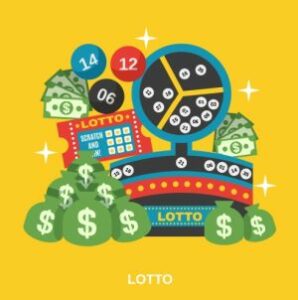The magic of the EuroMillions lottery lies in its ability to turn ordinary lives into extraordinary ones in the blink of an eye. Millions across Europe participate in each draw, drawn by huge jackpots and significant secondary prizes, hoping their numbers are called. Drawn by the promise of enormous jackpots and life-changing secondary prizes, millions across Europe participate in every draw, hoping their lucky numbers will be called. Rest assured, aspiring treasure hunters! Consider this article your guide to EuroMillions draw results history.
The Genesis of EuroMillions (1995-2004)

Join us as we unravel the mysteries of EuroMillions, from the inaugural jackpot to the heart-stopping near misses and the unforgettable record-breaking wins. France, Spain, and the UK launched EuroMillions in February 1995, establishing the foundation for a pan-European lottery. Even these smaller prizes generated excitement across Europe. On Friday, February 3, 1995, the first-ever EuroMillions draw took place, with three lucky Frenchmen sharing the €6.6 million jackpot. 7, 11, 13, 44, and 49, with lucky stars 3 and 7, made lottery history as the first winning EuroMillions numbers. During the following ten years, EuroMillions experienced consistent growth. With the addition of Austria, Portugal, Belgium, Ireland, and Switzerland, the player pool grew, and jackpots soared. A Spanish ticket holder won a record €90 million jackpot in February 2004. This €90 million win underscored the fact that EuroMillions wasn’t simply a continental lottery; it was a vehicle for potentially life-altering fortune.
The Mega-Jackpot Era (2004-2012)
For the next eight years, EuroMillions jackpots frequently exceeded €100 million. July 2005 saw the first €100+ million EuroMillions jackpot, shared by winners from Ireland and the UK (€115 million total). The real surge in jackpot sizes began in the year 2009. That September, a Spanish player claimed the largest EuroMillions jackpot to date: €153.6 million. For four years, this record showcased the immense wealth EuroMillions could deliver. More mega-jackpots were won in the 2010s, including €185 million in November 2012. These massive prizes cemented EuroMillions’ status as a life-changing lottery, drawing more players and fueling the dream of winning big.
Shared Jackpots: 2012-Present
Though single winners are common, EuroMillions has also seen many shared jackpots. These moments demonstrate that shared winnings still bring immense joy and life changes. Nine UK ticket holders shared a €90 million jackpot in June 2012, demonstrating the power of shared winnings. In June 2012, a €90 million EuroMillions jackpot was shared by nine UK ticket holders. This incredible event brought joy to many homes across Europe, demonstrating the lottery’s unifying effect.
